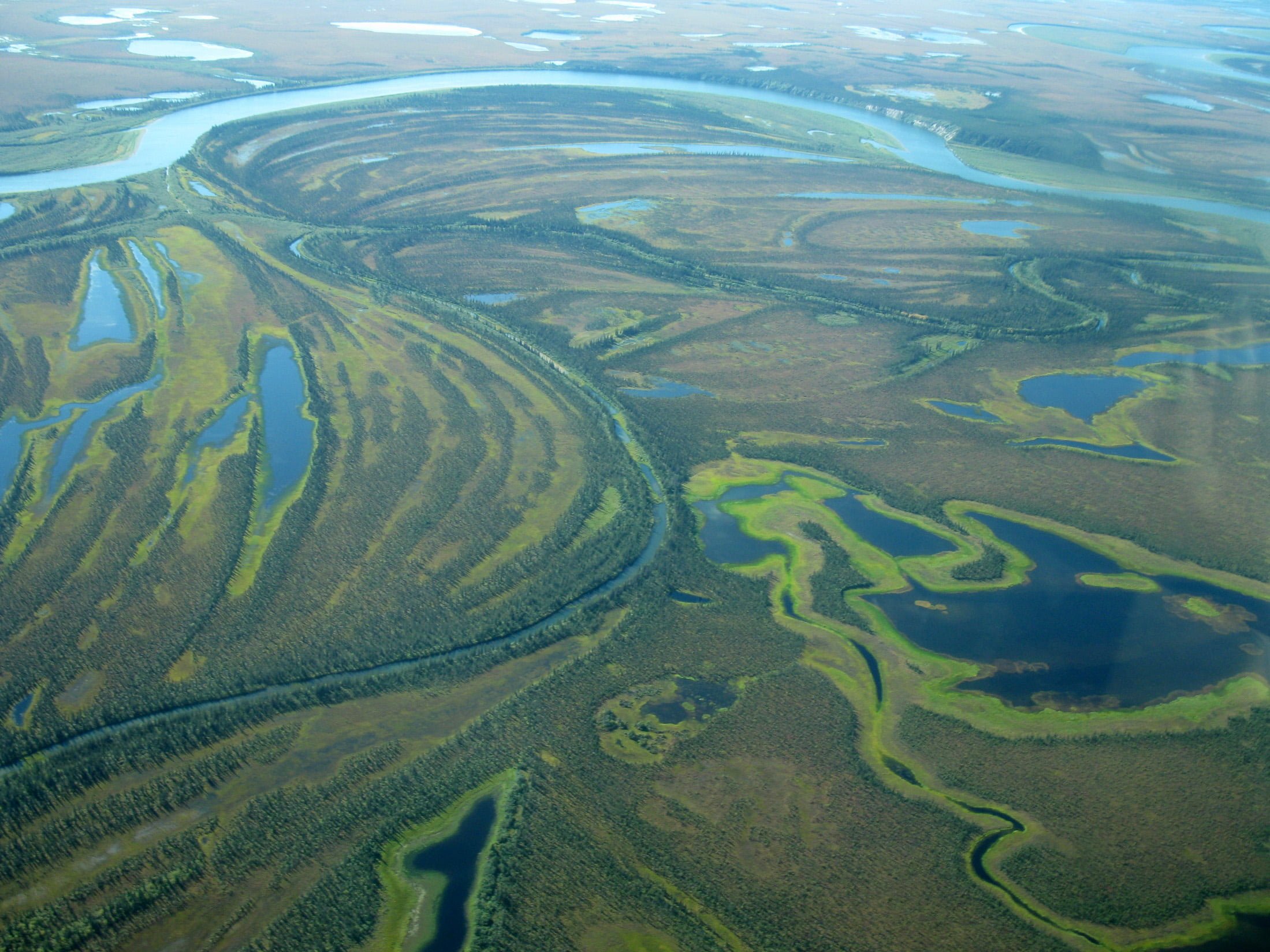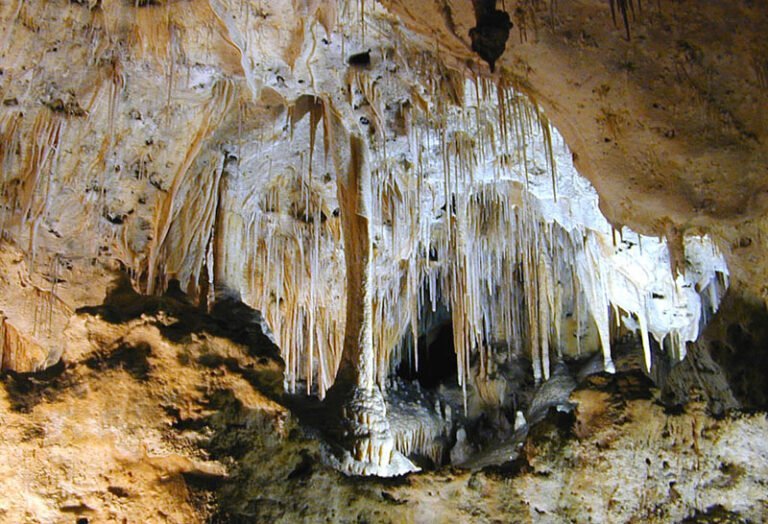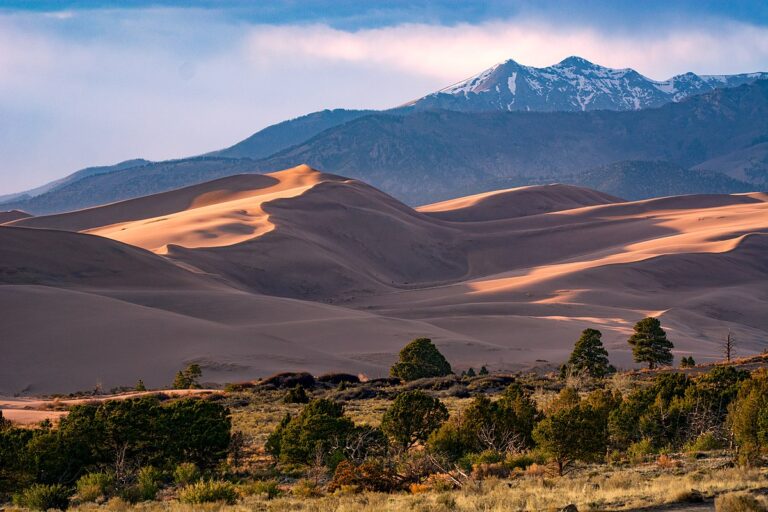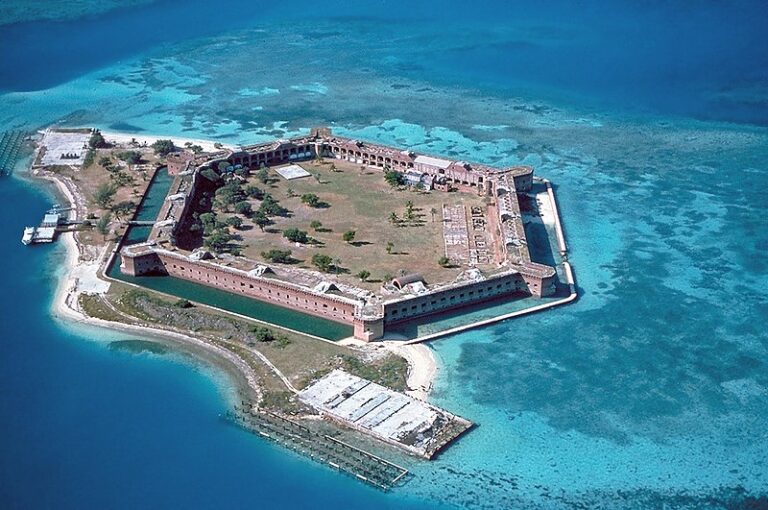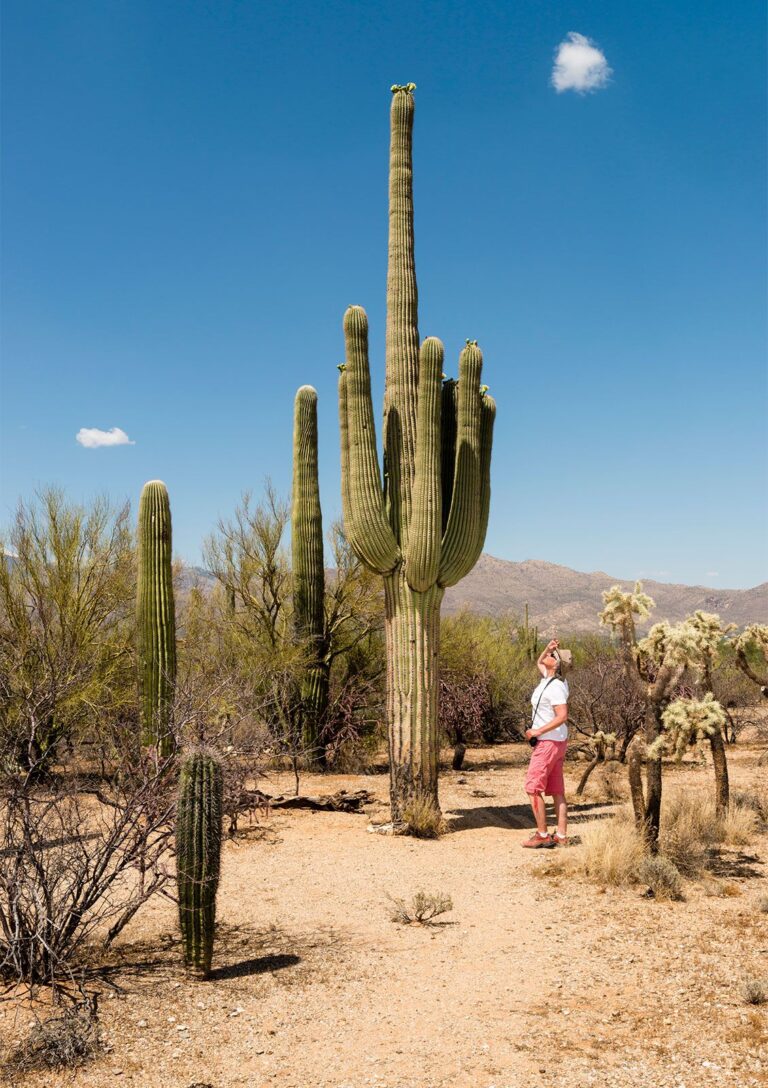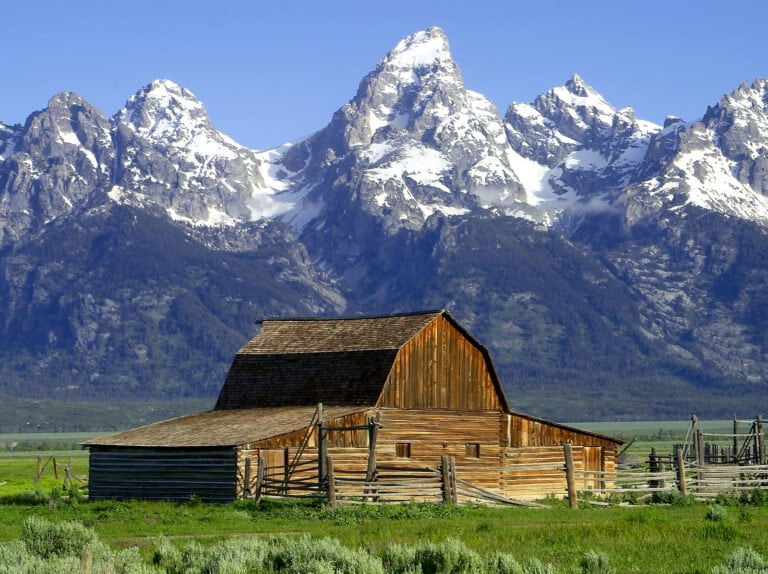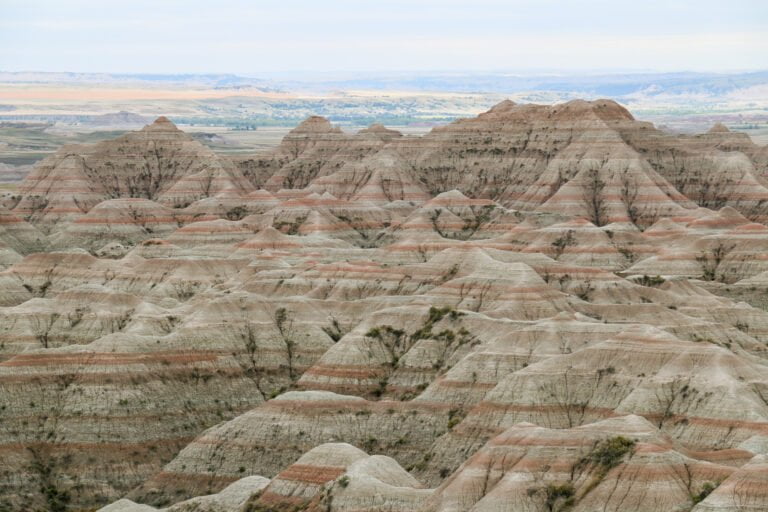Kobuk Valley National Park
Nestled within the remote Arctic region, Kobuk Valley National Park stands as a testament to nature’s beauty and unspoiled landscapes. Spanning a colossal 1.75 million acres, this park, established in 1980, is a sanctuary for diverse ecosystems, awe-inspiring dunes, and unique wildlife. In this article, we delve into the wonders of Kobuk Valley National Park, its regulations on firearms, hunting policies, and much more.
Size Matters: Vast and Pristine
Kobuk Valley National Park is an expansive wilderness expanse, boasting an area equivalent to the state of Delaware. This park’s sheer size provides a canvas for a range of natural wonders, from the 100-foot-high Great Kobuk Sand Dunes to the critical caribou migration routes that crisscross its terrain.
A Glimpse into Firearms Regulations
As of February 22, 2010, citizens who can legally own firearms under federal law and Alaska state law are permitted to possess firearms within Kobuk Valley National Park. However, it’s important to note that despite this allowance, discharging firearms is still prohibited at the federal level. Specific areas within the park are designated as no-gun zones, clearly indicated by signs at all public entrances.
Exploring Hunting Policies
Unlike many other national parks, sport hunting is not permitted within Kobuk Valley National Park. The park aims to protect its delicate ecosystems and ensure the safety of both visitors and wildlife. However, residents residing in designated zones are granted the privilege of hunting for sustenance, contributing to the harmonious coexistence of nature and human inhabitants.
The Arctic Haven: Kobuk Valley’s Unique Location
Situated just 25 miles north of the Arctic Circle, Kobuk Valley National Park boasts a captivating location within the Arctic region. Established to safeguard the iconic Great Kobuk Sand Dunes and the surrounding area, the park plays a crucial role in conserving caribou migration corridors and preserving the Arctic’s pristine beauty.
Venturing into the Unknown: Backcountry Exploration
Explorers and nature enthusiasts seeking adventure will find a haven in Kobuk Valley National Park. Boasting untouched landscapes, the park offers opportunities for camping, hiking, boating, and dog sledding in its untamed backcountry. It’s worth noting that visitors must come equipped with their gear, as the park lacks marked trails or roads.
Embracing Nature’s Diversity
Kobuk Valley National Park is home to an array of ecosystems and wildlife, reflecting the region’s ecological richness. From the awe-inspiring Great Kobuk Sand Dunes to the delicate caribou migration routes, the park provides a glimpse into the intricate balance of nature’s marvels.
Timing is Everything: Best Times to Visit
For those seeking an optimal experience, the best time to visit Kobuk Valley National Park is from June to September. During this window, visitors can enjoy milder weather and a plethora of outdoor activities while basking in the splendor of the Arctic landscape.
Access and Visitor Information
One of the park’s unique qualities is its accessibility; there are no entrance fees or registration requirements, allowing all to experience its grandeur freely. For those eager to explore multiple national parks, the America The Beautiful Annual Park Pass offers access to all U.S. National Parks for a reasonable fee, including discounts for seniors, military personnel, and more.
Connect with History: Northwest Arctic Heritage Center
Immerse yourself in the cultural and historical aspects of Kobuk Valley National Park at the Northwest Arctic Heritage Center. Located at 171 3rd Ave in Kotzebue, Alaska, this visitor center provides a gateway to the park’s heritage, offering insights into its rich past and the communities that call this unique landscape home.
Plan Your Visit
As you embark on your journey to Kobuk Valley National Park, keep in mind that the Northwest Arctic Heritage Center operates from Monday to Friday, 8:00 AM to 5:00 PM. While it remains closed on weekends, you can always check for seasonal closures to make the most of your visit.
How to Get to Kobuk Valley National Park
- By air – Most visitors get to the park via small aircraft. There are flights into Kotzebue, the nearest town with an airport, and then you can charter a plane into the park. Some air taxi services that fly into Kobuk Valley include Wright Air Service and Warbelow’s Air Ventures.
- By river – The Kobuk River runs along the southern border of the park. During summer, it’s possible to boat up the river from Kotzebue and then hike inland into the park. You’ll need to obtain boating permits.
- Snowmachine – In winter months when the rivers freeze, visitors can access the park via snowmachine. Guided trips are available from companies like the Northern Alaska Tour Company. Travel times can be long over frozen terrain.
- Hiking – For the adventurous, it is possible to hike into Kobuk Valley National Park from the Gates of the Arctic National Park which lies just to the east. This involves difficult backcountry trekking and river fordings.
No roads directly access Kobuk Valley National Park. The remoteness helps maintain the wild character of the landscape. Advanced planning for travel logistics is essential to get to this isolated Arctic park. Guided tours help handle the transportation challenges.
Conclusion
Kobuk Valley National Park stands as a testament to the beauty and diversity that the Arctic region holds. From its immense size to its unique regulations on firearms and hunting, the park offers an experience that is both captivating and educational. As you plan your visit to this remarkable landscape, remember to embrace its pristine wilderness, respect its regulations, and savor the opportunity to connect with nature in its purest form.
FAQs
1. Is hunting allowed in Kobuk Valley National Park?
Hunting is not permitted for sport within the park; however, residents in designated zones are allowed to hunt for sustenance.
2. What is the significance of the Great Kobuk Sand Dunes?
The Great Kobuk Sand Dunes are a unique natural feature within the park and serve as a protected habitat for various species, including caribou.
3. Can I bring firearms into the park?
While federal and Alaska state law allows firearm possession, discharging firearms within the park is prohibited at the federal level. Some areas are designated as no-gun zones.
4. Are there guided tours available in Kobuk Valley National Park?
The park doesn’t offer marked trails or guided tours. Visitors are encouraged to explore the backcountry with their equipment, promoting a more immersive and adventurous experience.
5. What’s the best time to visit the park?
The optimal time to visit Kobuk Valley National Park is between June and September when milder weather allows for various outdoor activities and exploration.
6. Can You Drive to Kobuk Valley National Park?
Due to its extremely remote location above the Arctic Circle in northwest Alaska, Kobuk Valley National Park cannot be accessed by car. No roads lead directly into the park. Visitors must fly via small aircraft charter from nearby towns like Kotzebue. Some visitors also boat or hike into the park during summer months when rivers are passable. But the absence of roads means that driving a vehicle into Kobuk Valley National Park is not possible. Air travel is the only transportation option for most visitors heading to this isolated park.
Where is kobuk Valley National Park
Kobuk Valley National Park is situated in the northwest region of Alaska above the Arctic Circle. The park spans 1.7 million acres along the southern edge of the Brooks Range mountains. It is located approximately 100 miles north of the Arctic Circle and 380 miles northwest of Fairbanks. The nearest town is Kotzebue, about 30 miles west of the park entrance as the crow flies. Kobuk Valley lies entirely north of the 60th parallel in a remote region with no road access. The park is bounded by the Kobuk River along its southern border. Due to its far northern position, Kobuk Valley lies well within the Arctic region of Alaska.
